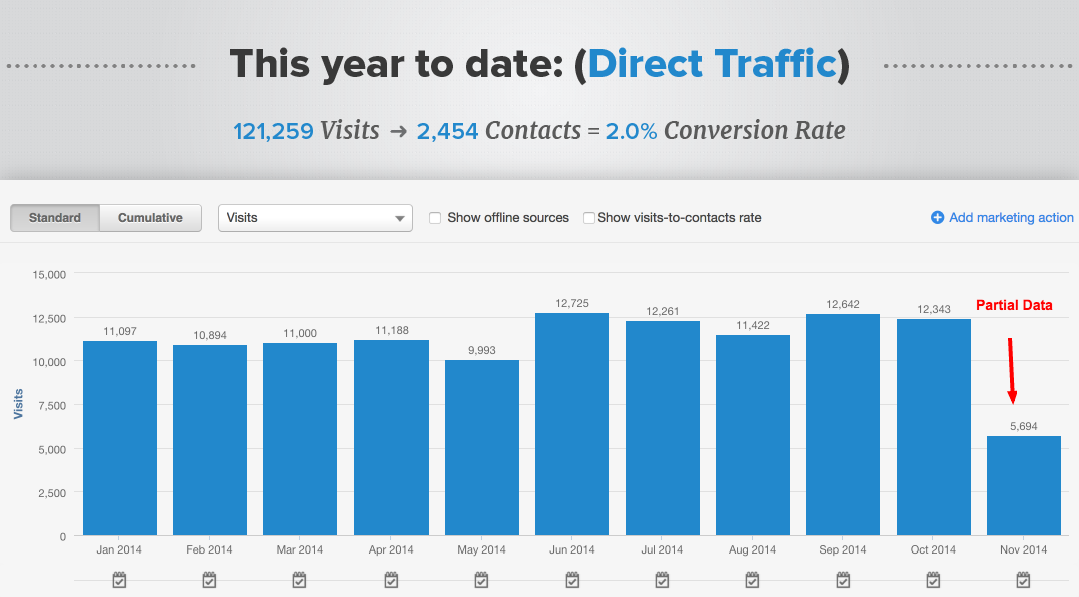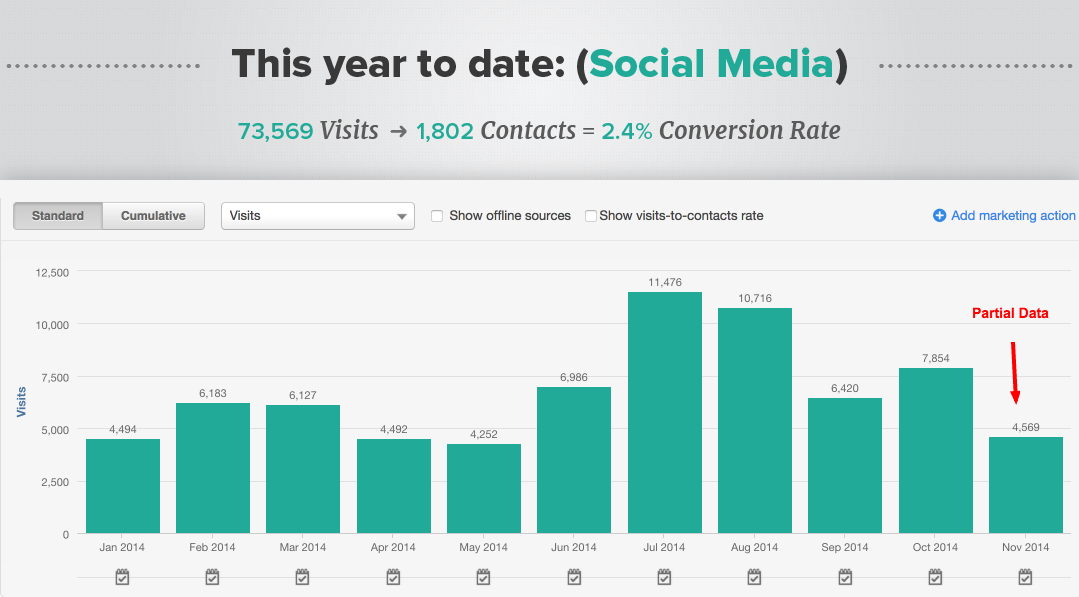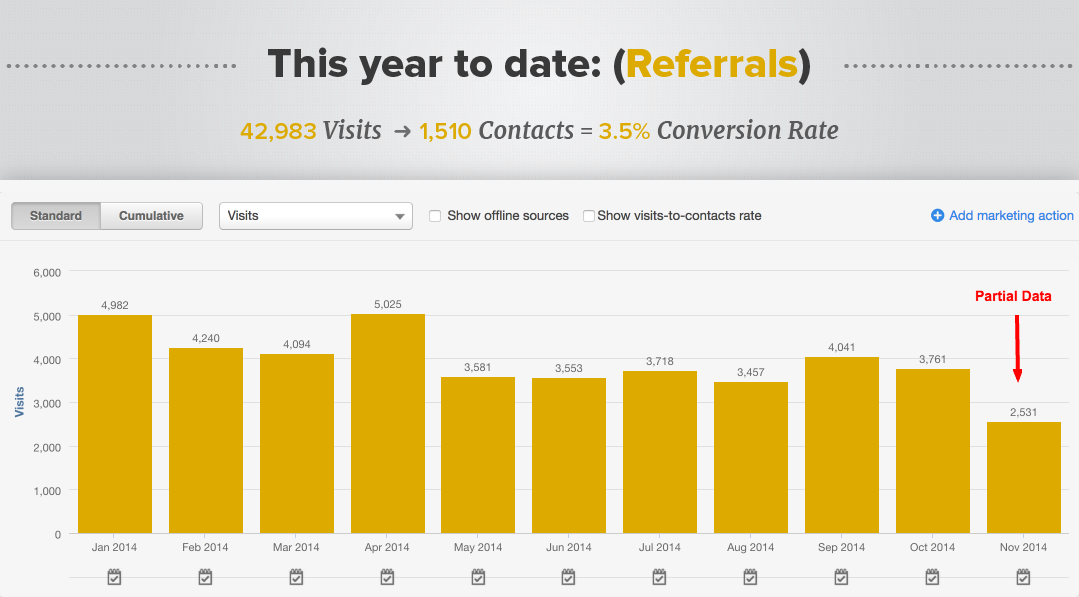Topics:
Lead GenerationSubscribe now and get the latest podcast releases delivered straight to your inbox.
 When I was a kid, I’d often laugh at the kids who ran around on Halloween as if it were a contest to see who could get the most candy. (It was.)
When I was a kid, I’d often laugh at the kids who ran around on Halloween as if it were a contest to see who could get the most candy. (It was.)
I wasn’t laughing at the adolescent nature of it all, but rather the fact that I was smarter than they were, as I knew exactly which houses to go to – some out of the way – that gave out more candy than the average split-level ranch.
Less effort; more candy. Game, set, match.
Two decades and a few cavities later, I have a similar response when I see marketers who exclusively focus on search engine optimization as their golden goose for generating traffic and leads.
SEO is important, I would never advocate anything different, if only because understanding what your audience is looking for and positioning your content to be found by them is paramount to your online success.
But search engines aren’t the be-all and end-all of lead generation. In fact, they're not even where our most valuable website visitors are coming from.
Where do the most valuable website visitors come from?
I want to preface everything you’re about to read with this: test all of your channels for yourself.
Nothing I say here is universal by any means. The point is to start the dialogue and get you thinking. This is simply what we’ve found to be true for us.
While there are seemingly countless channels for us to measure, I limited this post to the big four traffic drivers for us: organic, direct, social media, and referral.
Organic
Let’s kick it off with what’s viewed as the holy grail of all traffic: organic.
These are the people finding you in search engines. (Which, unless you’re Bill Gates or Jeeves himself, means Google.)
At IMPACT, our organic reach has grown by over 2,000% in the past two years, largely due to our commitment to blogging and producing great content. We now average over 30,000 unique organic visitors every month.
This chart shows our traffic to lead conversion rate on this traffic in 2014.

Respectable numbers, for sure. But can we do better?
Let’s keep moving along and find out.
Direct
Direct traffic is anyone who manually types your URL into their web browser. Obviously these people already have some working knowledge of who you are and what you do.
So it should come as no surprise that the visit-to-lead conversion rate is just over 1% higher than that of organic.

While there is less traffic coming from direct, the number of contacts generated is pretty close.
Social Media
On to social media, covering anyone visiting from any of the social networks.
So far, social media is our highest performer when it comes to visit-to-lead conversion rate, most likely due to the word-of-mouth nature of social media and how this affects our likelihood of trusting a brand.

A 2.4% conversion rate is pretty impressive. But even still, can we do better?
Moving on.
Referral
Referral visits occur when someone clicks a link on a website that directs back to your website.
These require hustle, as they’re only earned by having remarkably great content worth other people linking to.

Wow. By far our highest visit-to-lead conversion rate, coming in at an impressive 3.5%.
But is this really a surprise? Inbound links are the ultimate endorsement of quality on the web, and as you can clearly see here, carry tremendous weight with people when it comes time to convert.
The challenge is that referral visits tend to be inconsistent month over month unless you have a clear strategy for growing this channel.
So how do you do it?
Create great content. Share it.
It’s really as simple as this subheader suggests.
However, everyone seems to neglect or forget the second part. Building an effective referral strategy requires hustle on your part, as just because you’re creating great content doesn’t mean it will be found. Distribution is key.
Here are some ways for building a successful referral strategy:
- Manually distribute – Have a great piece of content you’re proud of? Leverage your network! This sounds easier than it should and requires you manually emailing a personalized message to relevant influencers and contacts as to why they will find it interesting.
- Guest post – Guest posting is perhaps the best way to get inbound links while also building your authority. Use tools like BuzzSumo to find the most authoritative blogs in your industry and start reaching out to them. Every. Single. One.
- Write about others – Work some content into your editorial that uses other influential brands as examples. When the article goes live, email or mention them on Twitter that they’ve been mentioned. You’d be surprised how often this will be paid forward.
Building a great referral strategy is all about hustle. It’s hard work and requires a lot of emotional labor.
But as the data shows, it’s all worth it.


Order Your Copy of Marcus Sheridan's New Book — Endless Customers!

